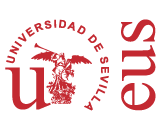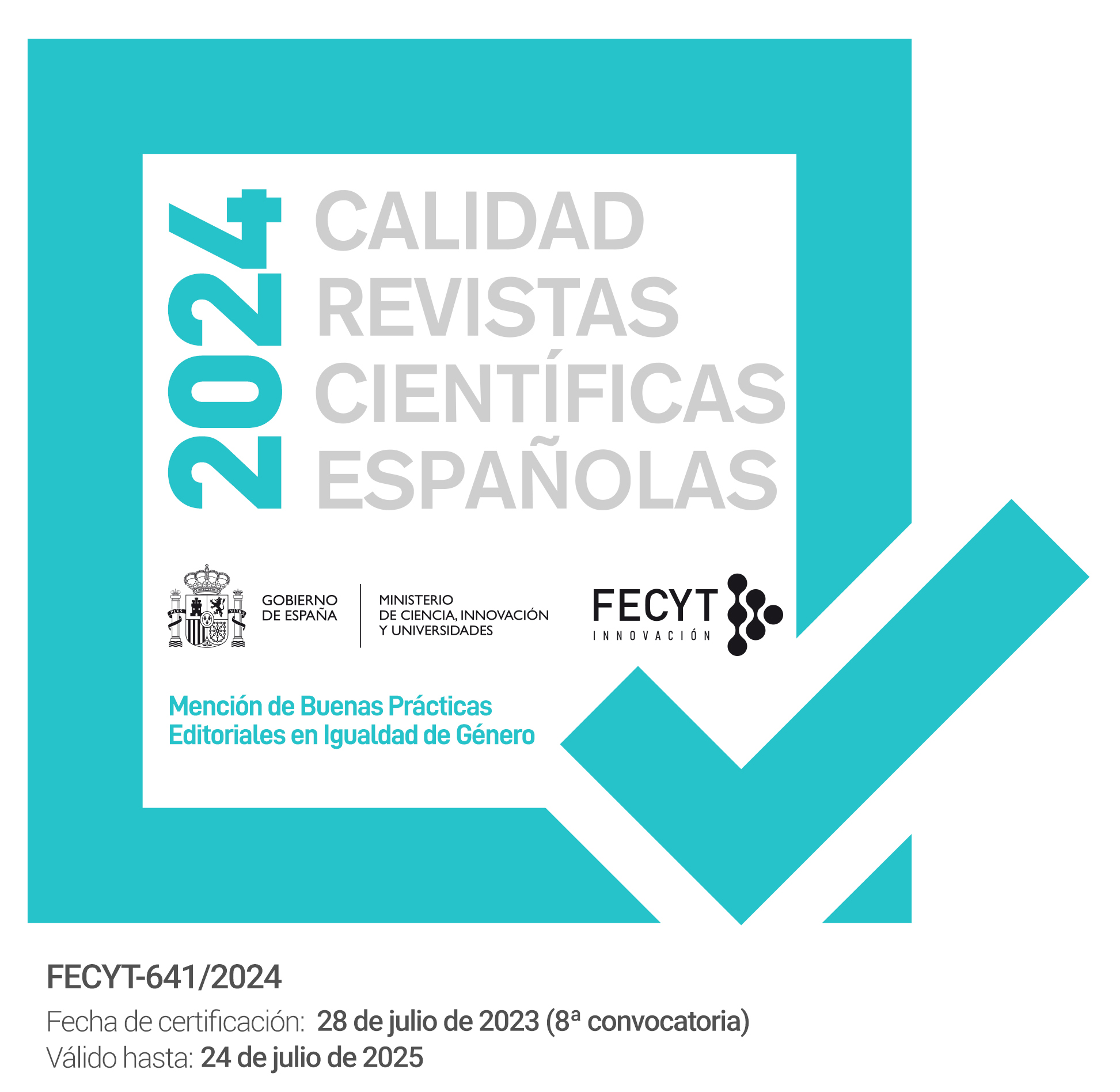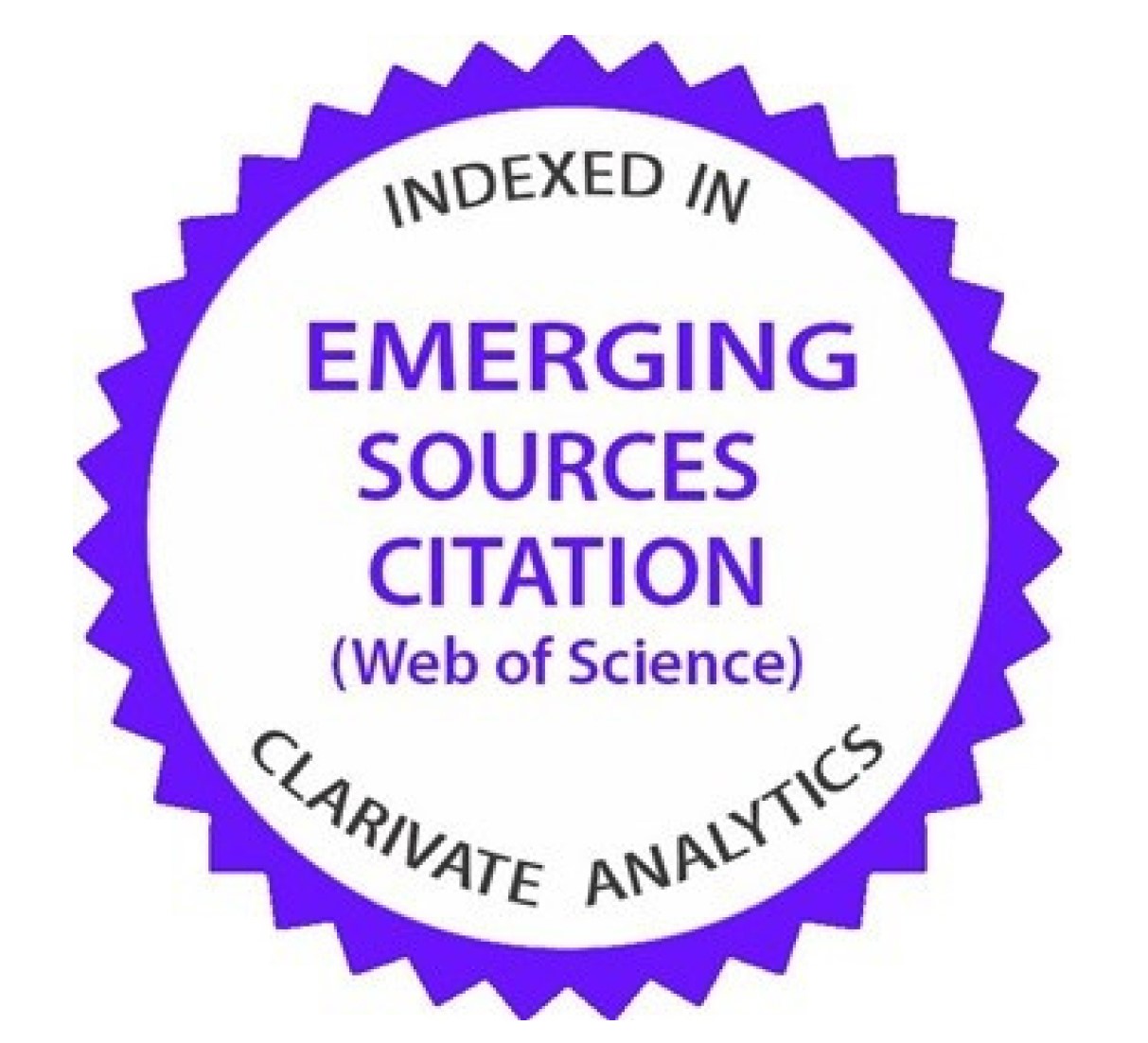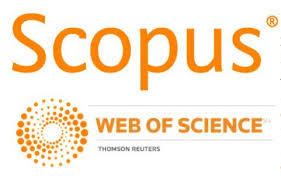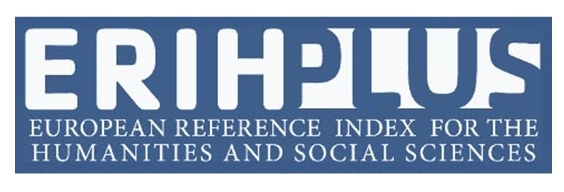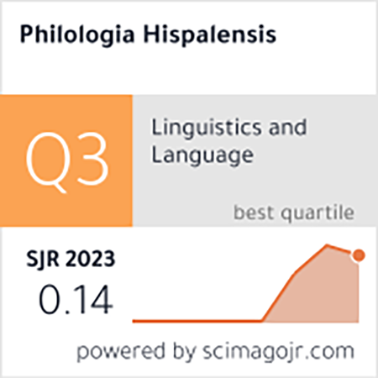Impact of Digital Technologies on Research in Spanish Literature Of The Golden Age
DOI:
https://doi.org/10.12795/PH.2024.v38.i02.01Keywords:
digital technology, research, softwareAbstract
The aim of this article is to analyze how and to what extent digital technologies have had an impact on each of the processes and working methods related to research in Spanish Golden Age Literature since the last decade of the twentieth century. Some recent trends driven by software development that have boosted some lines of specialization are highlighted and the impact of the changes produced is assessed.
Downloads
References
Allés-Torrent, S. (2017). Tiempos hay de acometer y tiempos de retirar: literatura áurea y edición digital. Studia aurea, (11), 13-30. https://doi.org/10.5565/rev/studiaaurea.261
Allés-Torrent, S. (2020). Crítica textual y edición digital o ¿dónde está la crítica en las ediciones digitales?. Studia aurea, (14), 63-98. https://doi.org/10.5565/rev/studiaaurea.395
Alvite-Díez, M. L. y Rojas-Castro, A. (2022). Ediciones digitales académicas: Concepto, estándares de calidad y software de publicación. El Profesional de la Información, 31(2). https://doi.org/10.3145/epi.2022.mar.16
Alvite Díez, M. L. y Pena Sueiro, N. (2020). Colecciones digitales patrimoniales especializadas. Estudio de la Red ARACNE. En J. Tramullas Saz, P. Garrido Picazo y G. Marco Cuenta (Coords.), Actas del IV Congreso ISKO España-Portugal 2019, XIV Congreso ISKO España (pp. 185-195). Sociedad Internacional para la Organización del Conocimiento (ISKO)-Capítulo Ibérico.
Bazzaco, S. (2020). El reconocimiento automático de textos en letra gótica del Siglo de Oro: Creación de un modelo HTR basado en libros de caballerías del siglo XVI en la plataforma Transkribus. Janus, (9), 534-561. https://www.janusdigital.es/articulo.htm?id=160
Boadas, S. (2023) (Coord.). Encuentro de investigadores: Humanidades Digitales. XIII Congreso de la AISO. https://aiso-asociacion.org/encuentros-de-investigadores-oviedo-2023-listados-bibliograficos-2020-2023
Cossío Olavide, M. (2022). Usando Transkribus con manuscritos medievales (1): primeros pasos. Lucidarios, 30(11). https://lucidarios.hypotheses.org/816 https://doi.org/10.59350/1fxy3-jke62
Cuéllar, Á. (2022). Propuestas de autoría y datación en el teatro de Lope de Vega a la luz de la Inteligencia Artificial. [Tesis doctoral]. University of Kentucky.
García Barrientos, J. L. (2006). La Teoría literaria en la actualidad. Tradición europea y modas de Norteamérica. En Grupo de Estudios sobre la Crítica Literaria (Coord.), Teorías y Prácticas Críticas en la Actualidad. Actas del V Encuentro Internacional sobre Teorías y Prácticas Críticas (GEC) (pp. 30-46). Universidad Nacional de Cuyo.
Hernández Lorenzo, L. (2020). Los textos poéticos de Fernando de Herrera: aproximaciones desde la estilística de corpus y la estilometría. [Tesis doctoral]. Universidad de Sevilla.
López Poza, S. (2021). «Sicut apes». Recepción e imitación de los clásicos en el Siglo de Oro y creación artística híbrida (texto e imagen). Hipogrifo (9.1), 21-46. https://doi.org/10.13035/H.2021.09.01.04
López Poza, S. (2022). La imprenta anónima de la segunda edición de las «Empresas políticas» de Diego Saavedra Fajardo y detalles sobre la princeps y su repercusión. Etiópicas. Revista de Letras Renacentistas, (18), 155-183. http://www.uhu.es/publicaciones/ojs/index.php/etiopicas/article/view/7634
López Salas, E., García Arranz, J. L., Santos Miñambres, M. A. y López Poza, S. (2023). Estudio interdisciplinar de una relación festiva: de la descripción textual a la representación visual de la arquitectura efímera y su iconografía. En F. Díez Platas y C. González-Pérez (Coords.), Scire vias. Humanidades Digitales y Conocimiento (pp. 75-108). Servizo de Publicacións da UDC.
Martos Pérez, M.-D. (2022). La literatura áurea en el entorno digital (2017-2020): Balance, metodologías y diagnósticos. Etiópicas. Revista de Letras Renacentistas, (18), 517-592.
Pena Sueiro, N. (2017). El portal BIDISO: pasado, presente y futuro inmediato. Un ejemplo de evolución en aplicaciones de las HD. Studia aurea: revista de literatura española y teoría literaria del Renacimiento y Siglo de Oro, (11), 73-92. https://raco.cat/index.php/StudiaAurea/article/view/332382 https://doi.org/10.5565/rev/studiaaurea.264
Pierazzo, E. (2015). Digital scholarly editing: theories, models and methods. Ashgate.
Pierazzo, E. (2019). What future for digital scholarly editions? From haute couture to prêt-à-porter. International Journal of Digital Humanities, 1(2), 209-220. https://doi.org/10.1007/s42803-019-00019-3
Ramos Maldonado, S. (2015). Ad iuvenes studiosos: sobre cómo introducir en el aula metodologías activas de aprendizaje de las lenguas clásicas y no morir en el intento. Ponencia presentada en las Jornadas de innovación didáctica en latín y griego. Málaga, 23 de septiembre de 2015 (pp. 1-4). http://hdl.handle.net/10630/10363
Real Academia Española (s. f.). Banco de datos (CORDE) [en línea]. Corpus diacrónico del español. http://www.rae.es
Revenga García, N. (2021). La Estrella de Sevilla y las potencialidades de la edición digital. [Tesis Doctoral]. Universitat de València.
Rojas Castro, A. (2022). La publicación de ediciones digitales académicas y el caso de las Soledades de Luis de Góngora. Historias Fingidas, (Número Extra 1), 195-217.
Sahle, P. (2016). What is a scholarly edition? En D. Matthew-James y E. Pierazzo (Eds.), Digital scholarly editing: theories and practices (pp. 19-40). Open Book Publishers. https://doi.org/10.11647/OBP.0095.02
Toscano, M., Rabadán, A., Ros, S. y González-Blanco, E. (2020). Digital humanities in Spain: Historical perspective and current scenario. El Profesional de la Información, 29(6), e290601. https://doi.org/10.3145/epi.2020.nov.01
Vidal, E., Alonso Villalobos, C., Romero Gómez, V., Márquez Carmona, L., Orcero, M. de C., Garrido Romero, D. y Jiménez Melero, M. (2020). Proyecto Carabela. Un método revolucionario para la investigación de naufragios en archivos históricos basado en la inteligencia artificial. Drassana: revista del Museu Marítim, (28), 88-105. https://revistadrassana.cat/index.php/Drassana/article/view/647/754
Published
How to Cite
Issue
Section
License
Copyright (c) 2024 Sagrario López Poza

This work is licensed under a Creative Commons Attribution-NoDerivatives 4.0 International License.
The printed and electronic editions of this Journal are edited by the University of Seville Editorial, and the source must be cited in any partial or total reproduction.
Unless otherwise indicated, all the contents of the electronic edition are distributed under a license of use and distribution “Attribution-NonCommercial-NoDerivatives 4.0 International” . You can view the informative version and the legal text of the license here. This fact must be expressly stated in this way when necessary.
Authors who publish in this journal accept the following conditions:
- The author/s retain copyright and grant the journal the first publication right, and accept it to be distributed with the Creative Commons By NC ND 4.0 licence, which allows third parties to use what is published whenever they mention the authorship of the work and the first publication in this journal and whenever they do not make commercial use and reuse it in the same way.
- Authors can make other independent and additional contractual agreements for the non-exclusive distribution of the article published in this journal (e.g., include it in an institutional repository or publish it in a book) provided they clearly indicate that the work was published for the first time in this journal.
Authors are allowed and recommended, once the article has been published in the journal Philologia Hispalensis (online version), to download the corresponding PDF and disseminate it online (ResearchGate, Academia.edu, etc.) as it may lead to productive scientific exchanges and to a greater and faster dissemination of published work (see The Effect of Open Access).
Accepted 2023-12-21
Published 2024-12-04
- Abstract 81
- PDF (Español (España)) 69
- HTML (Español (España)) 13
- XML (Español (España)) 8

